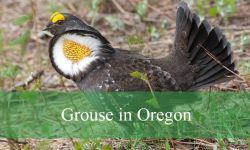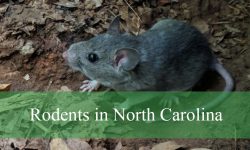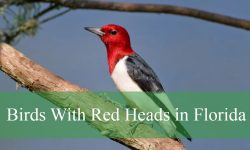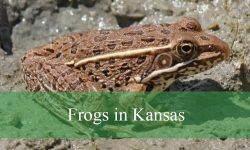Arizona is a land known for its breathtaking deserts, towering canyons, and unique wildlife that thrives in harsh conditions. Among the many fascinating creatures inhabiting this southwestern state, the birds stand out for their diversity, adaptability, and some truly weird and wonderful traits.
One bird that captures the imagination of locals and visitors alike is the iconic roadrunner. Famous for its distinctive speed and quirky behavior, the roadrunner is often the subject of curiosity and folklore. But why do roadrunners run? What makes them so special compared to other birds in Arizona?
This article dives deep into the weird bird facts in Arizona, with a special focus on the roadrunner, its running habits, and the fascinating natural history behind it.
Arizona’s Unique Bird Diversity: A Brief Overview
Arizona is home to more than 500 species of birds, making it one of the richest states in the U.S. in terms of avian diversity. This variety is largely due to Arizona’s range of ecosystems, from arid deserts to pine-covered mountains, riparian areas, and grasslands. Each habitat supports its own unique bird species, some common and others rare or endemic.
Birdwatchers flock to Arizona year-round, drawn by the chance to spot colorful hummingbirds, majestic raptors, elusive owls, and a range of other species. But among all these, the roadrunner remains a star for many. Known for its quirky personality and remarkable running speed, the roadrunner embodies the spirit of the desert. To understand its strange and captivating habits, it’s worth exploring the biology and behavior that define this fascinating bird.
What Is a Roadrunner? An Introduction
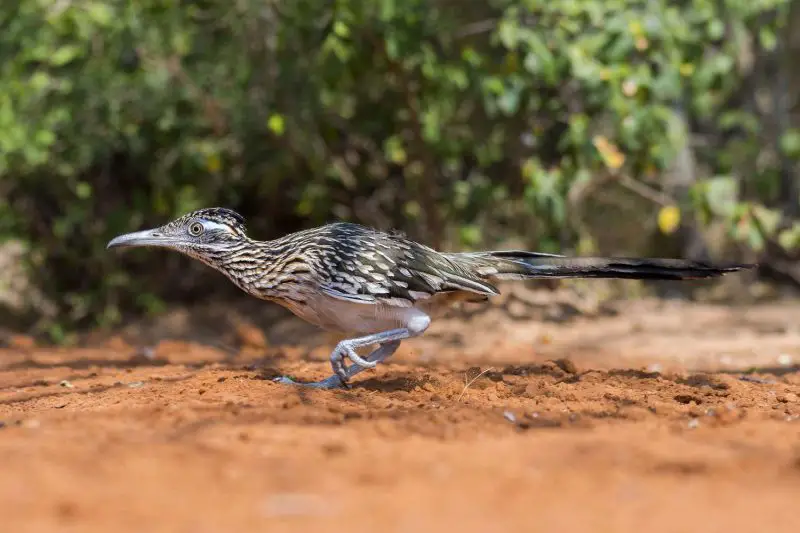
The Greater Roadrunner (Geococcyx californianus) is a large, ground-dwelling bird native to the southwestern United States and northern Mexico. It belongs to the cuckoo family and is known for its distinctive long legs, slender body, and a crest of feathers atop its head. Roadrunners are medium-sized birds, measuring about 20 to 24 inches long from beak to tail, with a wingspan of approximately 17 to 24 inches.
Unlike most birds that rely heavily on flight, roadrunners spend much of their time on the ground, running swiftly to catch prey or escape predators. This unusual adaptation has earned them the nickname “chaparral cock” or “snake killer,” highlighting their impressive hunting abilities and resilience in desert environments.
Why Do Roadrunners Run Instead of Fly?
The question of why roadrunners prefer running over flying might seem simple, but it reveals a deeper story about their evolution, environment, and survival strategies.
Adaptations for Running in a Harsh Desert Environment
Roadrunners inhabit arid and semi-arid environments such as deserts, scrublands, and open woodlands. In these areas, food is often scattered and predators can be abundant. Running fast on the ground allows roadrunners to cover large territories efficiently and pursue a wide variety of prey including insects, small reptiles, rodents, and even venomous snakes.
Their long, strong legs are perfectly built for speed and endurance. Roadrunners can reach speeds up to 20 miles per hour, a remarkable feat for a bird that spends so much time on foot. Their feet have two toes facing forward and two backward, providing a strong grip and stability while running on uneven desert terrain.
Flying is Energy-Expensive and Risky in the Desert
Flight requires a lot of energy, especially for a bird with a relatively large body. In the harsh desert environment where food and water can be scarce, conserving energy is crucial. Running allows roadrunners to move quickly while expending less energy than sustained flight.
Additionally, flying exposes birds to aerial predators such as hawks and falcons. Staying low on the ground helps roadrunners avoid detection and quickly hide in bushes or rocky crevices. Their ground-based lifestyle also lets them navigate dense brush more effectively than flying would allow.
Weird and Fascinating Roadrunner Facts
The roadrunner is not just fast on its feet—it is full of surprising and sometimes strange traits that add to its mystique.
Roadrunners Are Skilled Hunters of Dangerous Prey
One of the most well-known oddities about roadrunners is their ability to hunt and kill venomous creatures like rattlesnakes and scorpions. Using quick, precise strikes, they can catch snakes and beat them against rocks to stun or kill before swallowing. This makes the roadrunner one of the few birds that prey on venomous snakes with relative safety.
Their diet is incredibly varied and opportunistic. Beyond reptiles and insects, roadrunners will eat small mammals, eggs, frogs, spiders, and even small birds. This flexibility helps them survive in a desert where food availability can change seasonally.
They Can Run With Their Mouths Open
When chasing prey or fleeing danger, roadrunners sometimes run with their mouths wide open. This odd behavior might serve to cool them down by increasing evaporation from their mouths or to help them breathe faster while sprinting. It’s a quirky sight that adds to their reputation as unusual birds.
Roadrunners Perform a “Dance” to Attract Mates
During mating season, male roadrunners engage in an elaborate courtship ritual. They perform a kind of dance, puffing up their feathers, bowing, and sometimes offering gifts like insects or small lizards to females. The birds also use a variety of vocalizations and tail movements to communicate attraction and establish pair bonds.
Weird Bird Facts in Arizona Beyond Roadrunners
While the roadrunner captures much of the spotlight, Arizona hosts many other birds with strange or fascinating traits that contribute to the state’s avian tapestry.
Cactus Wren: The Desert Architect
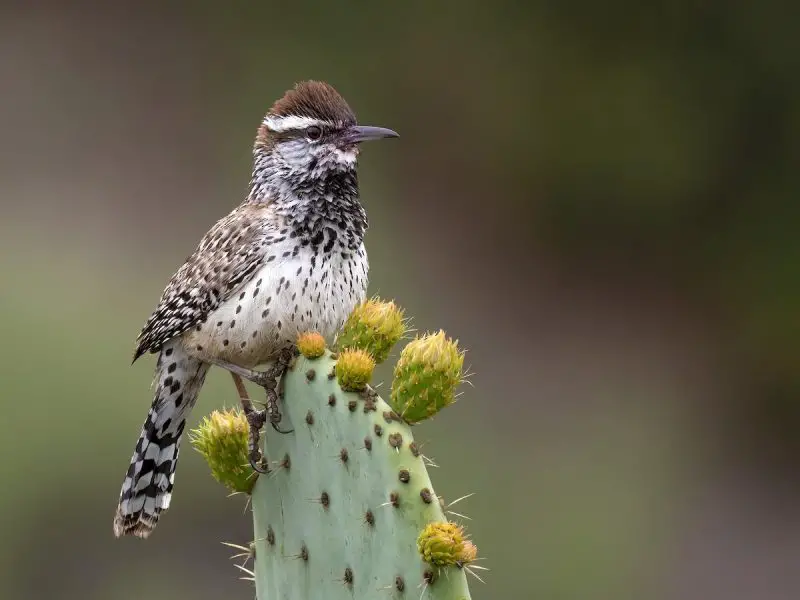
The Cactus Wren, Arizona’s state bird, is known for building enormous, intricate nests using cactus spines. These nests provide protection from predators and the intense sun. The bird’s loud and bubbly song often echoes through the desert, making it unmistakable.
Gambel’s Quail and Their Unique Social Structure
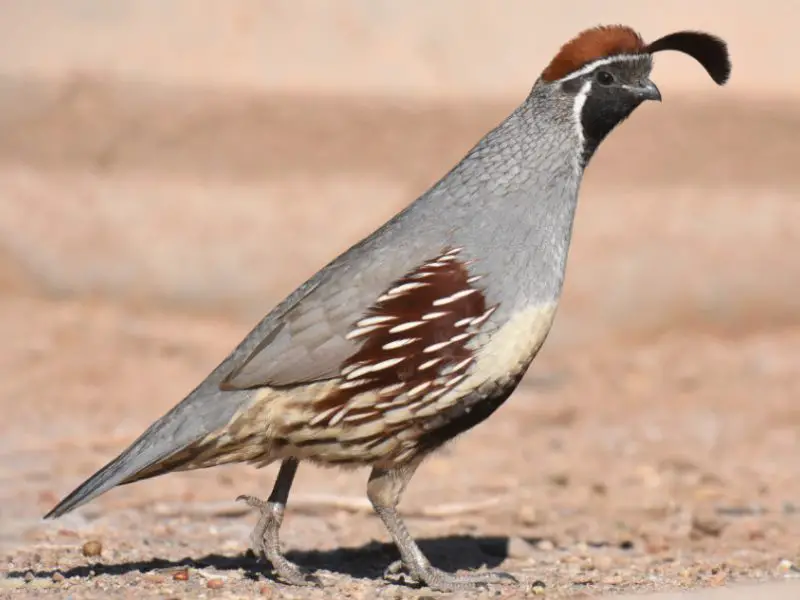
Gambel’s Quail are ground-dwelling birds famous for their “coveys,” social groups that forage together and have a hierarchical structure. Their topknot feather and quick running style make them a charming sight in the desert brush.
Gila Woodpecker and Their Nesting Habits
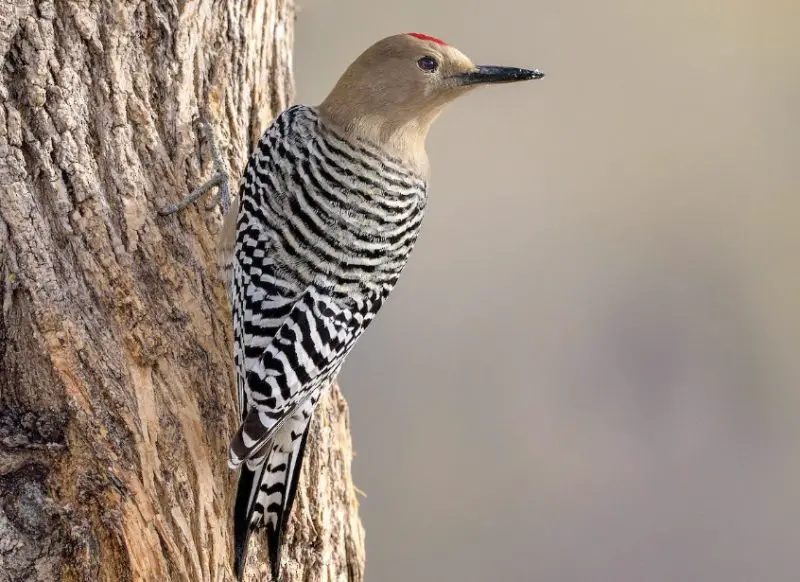
Gila Woodpeckers are one of the few bird species that nest in saguaro cacti. They excavate holes in these giant plants, which later provide homes for other desert animals once abandoned. This symbiotic relationship is vital for the desert ecosystem.
How Does the Roadrunner’s Running Ability Impact Its Survival?
The roadrunner’s ability to run fast directly influences its survival in several critical ways.
Predator Avoidance
Although roadrunners can fly short distances, their running speed is their primary defense against predators such as coyotes, bobcats, and hawks. When threatened, a roadrunner will sprint toward dense vegetation or rocky areas where it can hide. Their quick reflexes and agility on the ground make it difficult for predators to catch them.
Efficient Foraging
Running allows roadrunners to chase down quick or elusive prey that might escape slower or less agile predators. Their speed enables them to capture lizards, insects, and other small animals before they can flee. This efficiency is essential in a desert environment where meals can be hard to come by.
Territory and Mating
Roadrunners use their speed to patrol large territories and defend them from rivals. Running displays can also be part of mating rituals and aggressive encounters, signaling strength and stamina to potential mates or competitors.
Cultural Significance and Myths About Roadrunners in Arizona
Roadrunners hold a special place in Native American folklore and Southwestern culture. Many tribes, including the Hopi and Navajo, regard the roadrunner as a symbol of protection and good fortune. Stories often depict the bird as a clever trickster that uses its speed and wits to outsmart enemies and bring blessings.
In popular culture, the roadrunner gained fame through cartoons like Warner Bros.’ “Road Runner and Wile E. Coyote,” which humorously exaggerates the bird’s running prowess. Although entertaining, these depictions somewhat obscure the real biology and behavior of the bird, which is far more complex and interesting.
How to Spot Roadrunners in Arizona
For bird enthusiasts and tourists wanting to see roadrunners in their natural habitat, knowing where and when to look is key.
Roadrunners are most active during the early morning and late afternoon, avoiding the peak heat of the day. They favor open, scrubby areas with scattered bushes, low trees, and rocky outcrops—typical desert and semi-desert terrain.
If you keep a watchful eye on dirt roads, desert trails, and canyon bottoms, you might catch a glimpse of a roadrunner darting across the ground, tail feathers bouncing with each stride. Their distinctive streaked plumage and upright crest make them recognizable once you know what to look for.
Roadrunner Behavior and Communication
While their running is the most noticeable trait, roadrunners communicate and behave in ways that reveal a rich social and ecological life.
Roadrunners use a range of vocalizations, from coos and clacks to low “coo-coo” calls. These sounds are often used to mark territory, attract mates, or warn rivals. They also communicate through body language, such as raising their crest feathers or flicking their tails.
During courtship, pairs may engage in mutual preening and synchronized displays. Roadrunners are generally monogamous during the breeding season, and both parents take part in incubating eggs and feeding chicks.
The Roadrunner’s Place in Arizona’s Ecosystem
As a predator of insects, small reptiles, and rodents, the roadrunner plays an important role in controlling these populations, helping to maintain balance within the desert ecosystem. They also serve as prey for larger predators, forming an essential link in the food web.
Their nests provide shelter for other species, such as insects and smaller birds, demonstrating the interconnectedness of desert life.
Conservation Status and Threats
Fortunately, roadrunners are not currently endangered and have adapted well to human-altered landscapes, including suburban areas and agricultural lands. However, habitat destruction, pesticide use, and collisions with vehicles pose ongoing risks.
Conservation efforts aimed at preserving desert habitats and reducing pollution indirectly benefit roadrunners and many other native species. Public awareness and respect for these birds are also crucial in ensuring their continued survival.
Summary: Why Do Roadrunners Run?
In summary, roadrunners run because it suits their desert lifestyle, anatomy, and survival needs. Running allows them to catch prey efficiently, avoid predators, conserve energy, and navigate rugged terrain. Their speed and agility make them unique among North American birds, giving them a fascinating edge in one of the toughest environments.
Their weird and wonderful behaviors—from running with open mouths to hunting venomous snakes—make them not only a symbol of Arizona’s wild deserts but also an enduring subject of curiosity and admiration.
Frequently Asked Questions About Roadrunners and Weird Bird Facts in Arizona
What kind of bird is a roadrunner?
The roadrunner, specifically the Greater Roadrunner (Geococcyx californianus), is a ground-dwelling bird native to the deserts and scrublands of the southwestern United States and northern Mexico. It belongs to the cuckoo family and is known for its long legs, distinctive crest, and remarkable running speed.
Why do roadrunners run instead of flying?
Roadrunners run because their long legs and body structure make them highly adapted for ground movement. Running allows them to conserve energy, avoid predators effectively, and chase down prey such as insects, lizards, and even venomous snakes in their desert habitat. Flying requires more energy and exposes them to aerial threats, so they rely mainly on their running ability.
How fast can a roadrunner run?
Roadrunners can run at speeds up to 20 miles per hour (about 32 kilometers per hour), which helps them catch prey and escape predators in the desert.
What do roadrunners eat?
Roadrunners have a varied diet that includes insects, small reptiles (like lizards and snakes), rodents, eggs, spiders, frogs, and sometimes small birds. Their ability to prey on venomous snakes is particularly notable.
Are roadrunners good at flying?
While roadrunners can fly short distances, they are not strong fliers and prefer to stay on the ground. Their wings are more suited for short bursts of flight to escape danger or reach low branches rather than sustained flying.
Where in Arizona can I see a roadrunner?
Roadrunners are commonly found in open desert areas, scrublands, and semi-arid regions across Arizona. They are most active in the early morning and late afternoon and can often be spotted along dirt roads, trails, and rocky areas.
Do roadrunners have any special behaviors?
Yes, roadrunners perform unique courtship dances involving feather displays and gift offerings to attract mates. They also run with their mouths open at times, possibly to help cool down or breathe better during high-speed chases.
What other weird birds can be found in Arizona?
Apart from the roadrunner, Arizona is home to fascinating birds like the Cactus Wren, known for its large nests made from cactus spines; Gambel’s Quail, which live in social groups called coveys; and the Gila Woodpecker, which nests in saguaro cacti.
Are roadrunners endangered?
No, roadrunners are currently not endangered. They have adapted well to various habitats, including suburban areas. However, they still face threats from habitat destruction, pesticide use, and vehicle collisions.
Why are roadrunners important to the Arizona ecosystem?
Roadrunners help control populations of insects, small reptiles, and rodents, maintaining ecological balance. Their nests also provide shelter for other desert animals, contributing to the health and diversity of the ecosystem.
Final Thoughts on Arizona’s Weird Birds
Arizona’s birdlife is full of surprises, with species like the roadrunner standing out for their odd yet amazing traits. Learning about why roadrunners run and how they thrive in their environment enriches our appreciation for the natural world.
Whether you are a casual visitor or a passionate birder, taking time to observe these creatures can reveal a whole new side of the desert—a place not just of extremes, but of vibrant and quirky life.
If you want to experience the weird and wonderful birds of Arizona, keep your eyes peeled on desert roads and trails. You might just catch a roadrunner sprinting past, a living testament to nature’s creativity and resilience.


